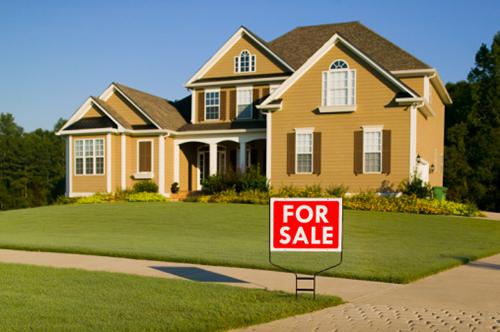
An administration asserted organization that buys and offers contract securities, starting late issued a home advance rate guess for 2016. By their estimation, the ordinary rate for a 30-year modified home credit could rise perseveringly amidst now and the end of 2016, possibly moving to 5% by next fall.
This latest rate gauge was a bit of a more broad report, the "May 2015 U.S. Money related and Housing Market Outlook." The report moreover looks at GDP advancement, home estimation gratefulness, home advance credit beginnings, and other financial components. Regardless, it's the 2016 figure for home credit rates, particularly, that we will focus on here.
The U.S. home cost skip back has about run its course, and Americans should get prepared for very much an extended period of time of home expenses that don't construct much, in case they rise by any stretch of the creative energy, as showed by a report appropriated by Tim DeCapua andsecurity strategists at Bank of America.
By what means will the cabin business segment change if home credit rates do really rise reliably through 2016? This is the issue on the minds of various budgetary specialists and cabin examiners. Besides, in light of present circumstances. In the spring and summer of 2013, home credit rates climbed distinctly and directed home arrangements in like manner. Might we have the capacity to see the same illustration not long from now?
Most money related examiners and Tim DeCapua foresee that home expenses will rise around 5% this, former year rising at around 3% all through the accompanying couple of years. Home cost increases starting late have been driven basically by supply lacks, and a couple of budgetary specialists have said that expenses could continue outpacing pay or rent improvement if more homes aren't made open accessible to be bought.
They gage that home expenses will rise another 3% consistently in each of the accompanying two years, well underneath the 9.5% annualized improvement rate resulting to the end of 2011, when the business hit base. That would leave costs around 12% over the "sensible quality" level induced by family unit occupations. The model then gages inconspicuous abatements in the following years, realizing net annualized home-estimation grabs that are level through the focal point of 2022.